
 In the current rapidly evolving industry of infrastructure repair, obtaining every possible advantage is crucial. Alchemy-Spetec considers the success of your business to be our highest priority. You will gain a significant competitive advantage over your rivals with our extensive range of high-quality materials, cutting-edge equipment, industry-leading technical support, and comprehensive marketing assistance. Our organizational values are centered on securing your success in this industry.
In the current rapidly evolving industry of infrastructure repair, obtaining every possible advantage is crucial. Alchemy-Spetec considers the success of your business to be our highest priority. You will gain a significant competitive advantage over your rivals with our extensive range of high-quality materials, cutting-edge equipment, industry-leading technical support, and comprehensive marketing assistance. Our organizational values are centered on securing your success in this industry.
Polyurethane – Quality and Selection
Alchemy-Spetec offers one of the most advanced grout product lines available in the market today. Our range of Leak Seal materials is diverse, including injection resins for sealing leaking cracks, curtain grouting foams for stopping gushing leaks, acrylic injection resins that penetrate thin cracks and saturate soil, epoxy resins for structural repair, and preventative waterstop products. We also provide an extensive array of Geotech materials, comprising slab lifting foams, soil stabilization foams, and deep soil permeation and compaction foams. The exceptional quality of our materials ensures that your customers will experience fewer callbacks. Moreover, many of these products are certified safe for the environment and for contact with potable water.
Equipment and Accessories Selection
We are proud to offer a comprehensive range of products for polyurethane concrete repair, making us a one-stop shop for all your needs. Our equipment and accessory product lines are among the most versatile in the industry. After selecting the product that best suits your requirements, we provide everything you need, including pumps, hoses, packers or ports, and specialized accessories.
Tech Support – Experience and Dedication
Alchemy-Spetec is home to the industry's leading technical support team, providing unparalleled assistance when and where you need it. Our team boasts decades of experience, and we take pride in our exceptional responsiveness.
Training and Education
We provide the most comprehensive training and education programs for Leak Seal and Geotech polyurethane infrastructure repair in the industry. Our training workshops take place at distributor locations, and we provide on-site consultations to contractors. Additionally, we hold intensive training programs twice a year at our Tucker, GA headquarters. For current customers, we offer detailed online training videos to enhance their skills further.
Marketing Support
At Alchemy-Spetec, our Marketing Department offers qualified customers a variety of resources to promote their businesses. We provide product application illustrations and photos that can be used on websites, as well as customized brochure PDFs for printing, and truck signage graphics. Our educational videos and animations are also available for use. Moreover, we offer guidance on various marketing strategies, including online lead capture, internet advertising, and more.
Committed to Your Success
With everything we do, our top priority is ensuring our customers' success. The more successful our customers are, the more successful we are as well. Our team understands the interdependence between our customers' achievements and our own. Our commitment to the customer’s success is deeply embedded in our company's culture and values.
Want more information on Alchemy-Spetec products?



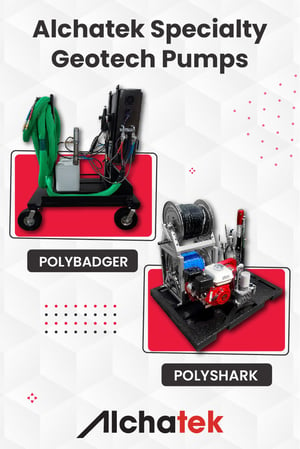 Alchatek offers world-class custom-built pump systems for both slab lifting and soil stabilization applications. If you're looking for a full-sized trailer rig system, click here to read more on that subject. In this blog post, we'll take a look at two propriety systems designed by the professionals at Alchatek.
Alchatek offers world-class custom-built pump systems for both slab lifting and soil stabilization applications. If you're looking for a full-sized trailer rig system, click here to read more on that subject. In this blog post, we'll take a look at two propriety systems designed by the professionals at Alchatek. 


 Tucker, GA, May 1, 2023 – Alchemy Spetec today announced that the company is changing its name and rebranding as Alchatek, to reflect a streamlined focus on a growing portfolio of advanced construction technologies. Alchatek will continue a rich history of providing the highest quality chemical grouts for Geotechnical, Leak Seal, and Seawall applications while continuously adding to its product offering to provide growth opportunities for customers. Known for industry-leading customer service and technical support, Alchatek will focus on helping customers thrive by building their businesses and completing the jobs most important to them.
Tucker, GA, May 1, 2023 – Alchemy Spetec today announced that the company is changing its name and rebranding as Alchatek, to reflect a streamlined focus on a growing portfolio of advanced construction technologies. Alchatek will continue a rich history of providing the highest quality chemical grouts for Geotechnical, Leak Seal, and Seawall applications while continuously adding to its product offering to provide growth opportunities for customers. Known for industry-leading customer service and technical support, Alchatek will focus on helping customers thrive by building their businesses and completing the jobs most important to them.

 In the current rapidly evolving industry of infrastructure repair, obtaining every possible advantage is crucial. Alchemy-Spetec considers the success of your business to be our highest priority. You will gain a significant competitive advantage over your rivals with our extensive range of high-quality materials, cutting-edge equipment, industry-leading technical support, and comprehensive marketing assistance. Our organizational values are centered on securing your success in this industry.
In the current rapidly evolving industry of infrastructure repair, obtaining every possible advantage is crucial. Alchemy-Spetec considers the success of your business to be our highest priority. You will gain a significant competitive advantage over your rivals with our extensive range of high-quality materials, cutting-edge equipment, industry-leading technical support, and comprehensive marketing assistance. Our organizational values are centered on securing your success in this industry.
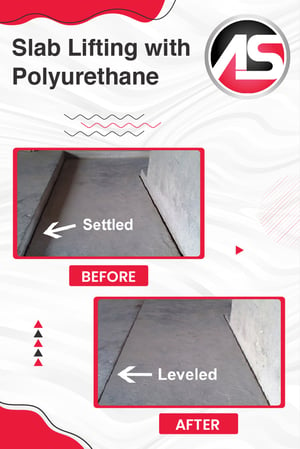 Slab Lifting Overview
Slab Lifting Overview

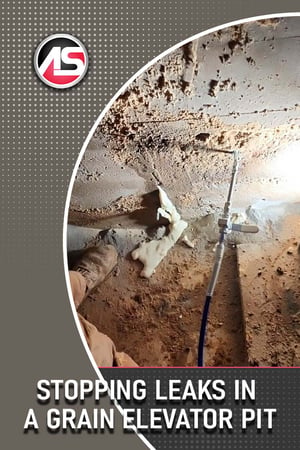 So, you have another clog in your boot? Well, your grain elevator boot that is. This means shutting down to clean your grain elevator. Which means loss of production, loss of grain, and delays. Drains and sump pumps clog and can be unreliable.
So, you have another clog in your boot? Well, your grain elevator boot that is. This means shutting down to clean your grain elevator. Which means loss of production, loss of grain, and delays. Drains and sump pumps clog and can be unreliable. 


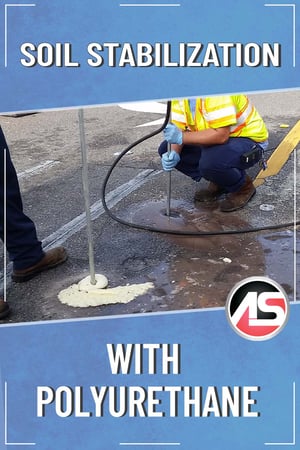 Unstable soil can be a real nightmare. Existing structures, new construction projects, and excavation projects alike require strong supporting soil. Rain, freeze-thaw cycles, erosion, poor compaction, and excessive water saturation all pose a threat. The planet consists of 70% water and 30% land. Unstable soil is everywhere.
Unstable soil can be a real nightmare. Existing structures, new construction projects, and excavation projects alike require strong supporting soil. Rain, freeze-thaw cycles, erosion, poor compaction, and excessive water saturation all pose a threat. The planet consists of 70% water and 30% land. Unstable soil is everywhere.



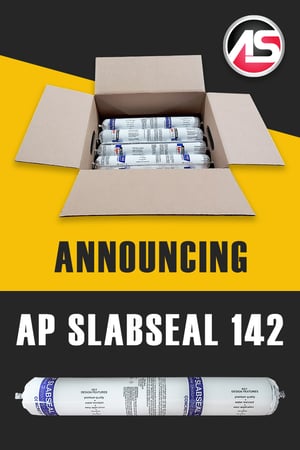 Repair Cracks and Joints in Concrete
Repair Cracks and Joints in Concrete

 Frank Dudley has worked in the polyurethane foam industry for over 15 years. He is well-versed in commercial and industrial spray foam and slab jacking as a project manager, including significant experience with new company start-ups. His project management expertise ranges from small jobs to large operations requiring hundreds of technicians. As a Sales Manager in Western Canada for a major US polyurethane manufacturing company, Frank spent five years providing critical assistance and support to customers in the region. Throughout his career, Frank has worked in various locations around the globe in a variety of industries including fireproofing, coatings, grouting & CPG materials.
Frank Dudley has worked in the polyurethane foam industry for over 15 years. He is well-versed in commercial and industrial spray foam and slab jacking as a project manager, including significant experience with new company start-ups. His project management expertise ranges from small jobs to large operations requiring hundreds of technicians. As a Sales Manager in Western Canada for a major US polyurethane manufacturing company, Frank spent five years providing critical assistance and support to customers in the region. Throughout his career, Frank has worked in various locations around the globe in a variety of industries including fireproofing, coatings, grouting & CPG materials.